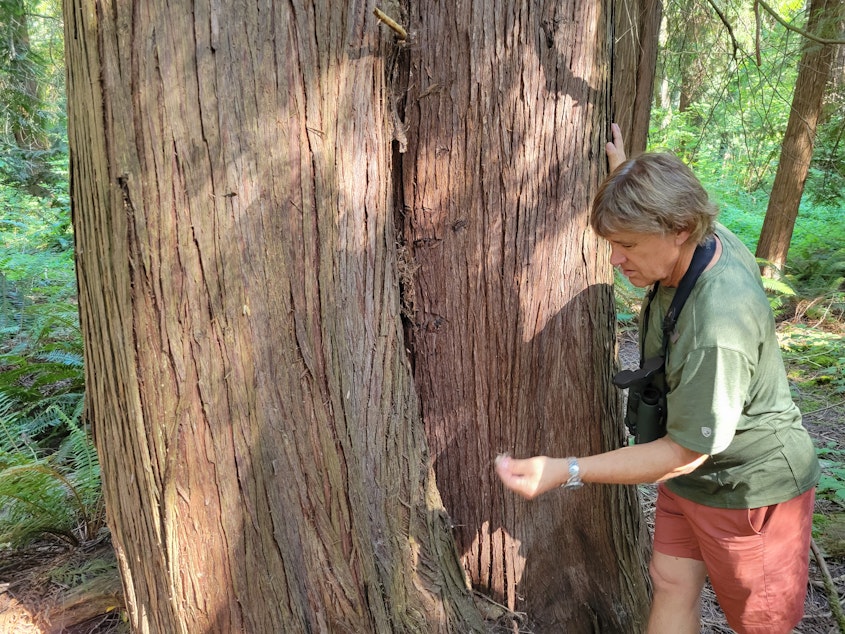Hear it again: from rugged cliffs to reservoirs — exploring parks in the PNW

This holiday week, we're looking back at some of our favorite stories from the last year.
Today, we’re focusing on the places where natural beauty meets concrete and city blocks — the park.
The Duwamish River is one of the most toxic and hazardous waste sites in the country. Communities around the river have long been affected by higher rates of asthma and a lower life expectancy than residents of other Seattle neighborhoods.
The Duwamish River People's Park and Shoreline Habitat is a model for what a less-polluted river might look.
You can listen and read the original story here.
Envisioning a cleaner Duwamish River in South Park
Summer drives are a way of life here in the Pacific Northwest.
Sponsored
You know the drill: Drive out to a scenic viewpoint, inhale that fresh air, feel the sunshine. It's a reward for making it through another drizzly, bone-chilling winter.
For over a century, Five Mile Drive — built on top of the bluffs at Point Defiance Park in Tacoma — has given park-goers one of the most stunning views of Puget Sound, right from their car.
But this year, Metro Parks Tacoma announced that the outer loop was permanently closed to vehicles after a geotechnical assessment found that the erosion of the bluffs posed a safety risk.
The report did not explicitly link the erosion to climate change, but park officials say they believe there is a connection.
You can listen and read the original story here.
Sponsored
How are Washington's parks feeling the effects of climate change?
If you've ever taken a walk around Volunteer Park in the Capitol Hill neighborhood of Seattle, you know that smack dab in the middle of this bustling public space is a pool of water.
It's surrounded by a chain-link fence, with a walking path looping around the perimeter, and signs saying, "Do not feed the birds."
It's not just a reflecting pool or a lake. It’s a reservoir.
And that go us curious — how did it get there? Also, are we really drinking that water?
Sponsored
You can listen and read the original story here.
Why is there a reservoir in Volunteer Park?
Since 2011, Ed Dominguez has been working at Seward Park's Audubon Environmental Learning Center in one capacity or another, and has been the lead naturalist since 2018.
After a pandemic-induced yearlong hiatus, the center is back open, and Dominguez is leading groups of budding birders and long-time nature lovers through the park.
You can listen and read the original story here.




